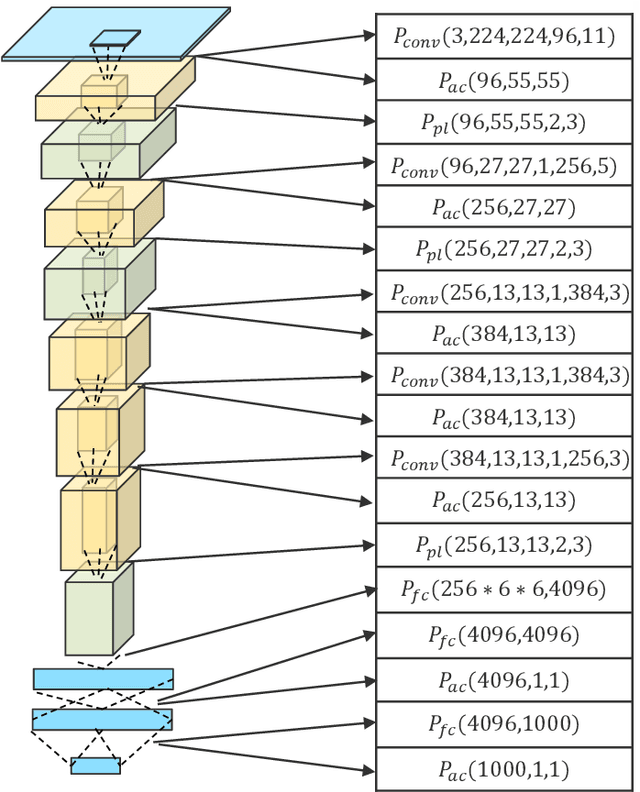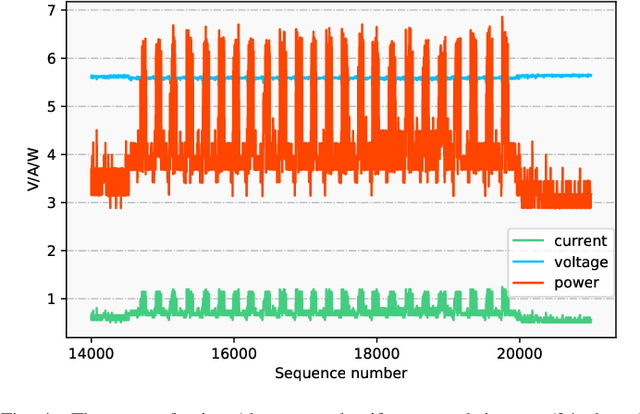Zhefu Wu
Open DNN Box by Power Side-Channel Attack
Jul 21, 2019



Abstract:Deep neural networks are becoming popular and important assets of many AI companies. However, recent studies indicate that they are also vulnerable to adversarial attacks. Adversarial attacks can be either white-box or black-box. The white-box attacks assume full knowledge of the models while the black-box ones assume none. In general, revealing more internal information can enable much more powerful and efficient attacks. However, in most real-world applications, the internal information of embedded AI devices is unavailable, i.e., they are black-box. Therefore, in this work, we propose a side-channel information based technique to reveal the internal information of black-box models. Specifically, we have made the following contributions: (1) we are the first to use side-channel information to reveal internal network architecture in embedded devices; (2) we are the first to construct models for internal parameter estimation; and (3) we validate our methods on real-world devices and applications. The experimental results show that our method can achieve 96.50\% accuracy on average. Such results suggest that we should pay strong attention to the security problem of many AI applications, and further propose corresponding defensive strategies in the future.
Blind Motion Deblurring with Cycle Generative Adversarial Networks
Jan 08, 2019



Abstract:Blind motion deblurring is one of the most basic and challenging problems in image processing and computer vision. It aims to recover a sharp image from its blurred version knowing nothing about the blur process. Many existing methods use Maximum A Posteriori (MAP) or Expectation Maximization (EM) frameworks to deal with this kind of problems, but they cannot handle well the figh frequency features of natural images. Most recently, deep neural networks have been emerging as a powerful tool for image deblurring. In this paper, we prove that encoder-decoder architecture gives better results for image deblurring tasks. In addition, we propose a novel end-to-end learning model which refines generative adversarial network by many novel training strategies so as to tackle the problem of deblurring. Experimental results show that our model can capture high frequency features well, and the results on benchmark dataset show that proposed model achieves the competitive performance.
 Add to Chrome
Add to Chrome Add to Firefox
Add to Firefox Add to Edge
Add to Edge